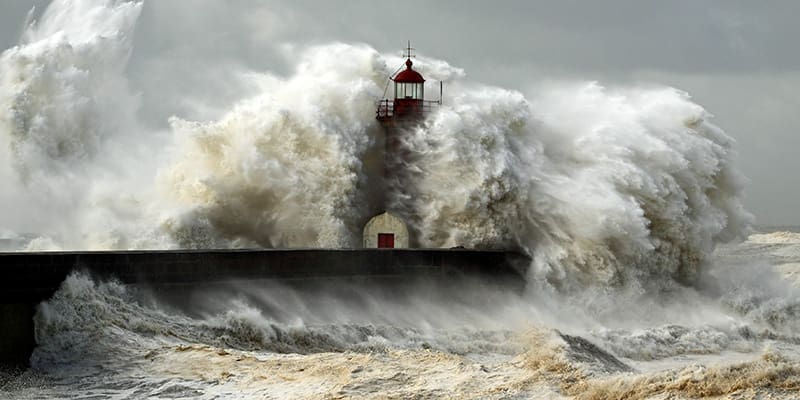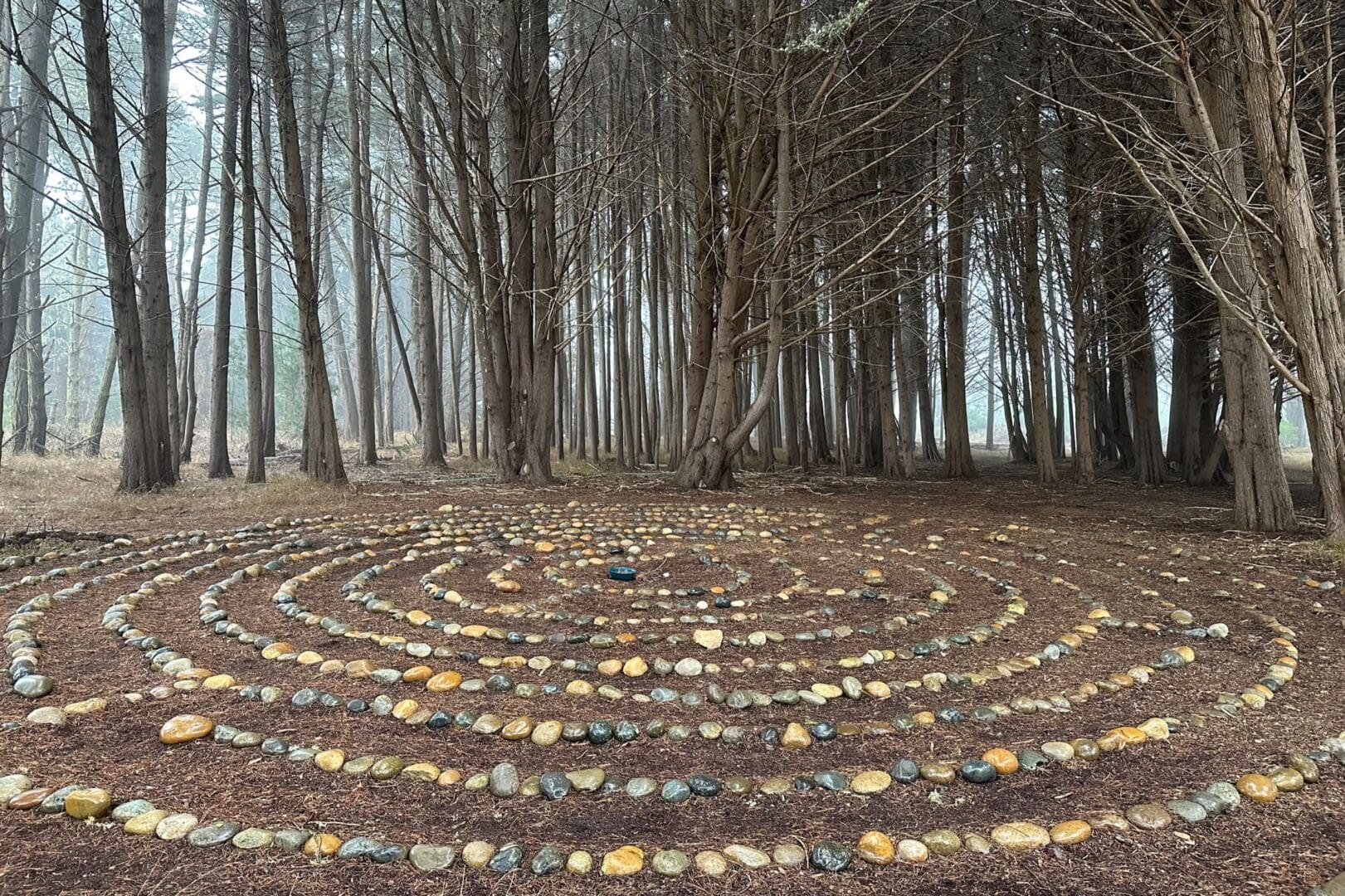Dear New School Friends:
My last posting to you March 12 was a working paper called Courage in Dark Times: Choosing Resilience in the Face of Global Systems Collapse. It was reprinted by the Health and Environmental Funders Network as a newsletter and on its website.
One of the best books on the subject is Thomas Homer-Dixon’s The Upside of Down: Catastrophe, Creativity and the Renewal of Civilization. It has been praised by tough-minded critics like Stanford professor Paul R. Ehrlich and investigative journalist Robert Kaplan. Ehrlich says, “Anyone who doubts the seriousness of the human predicament should read Thomas Homer-Dixon’s brilliant The Upside of Down.” Kaplan says, “Homer Dixon has provided that rare thing: a bridge between leading edge research and the lay leader…Addressing the greatest problems of our time, he points us toward a path forward.”
I would say this book is essential reading:
We need to be comfortable with constant change, radical surprise and even breakdown, because these are now inevitable features of our world, and we must constantly anticipate a wide range of futures…We often need to experience an abrupt and harsh threshold event, breakdown, or surprise before we’re willing to accept that we can’t continue the way we are going…The majority of people are unlikely to pay much attention to the tectonic stresses we’ve discussed in this book– population imbalances, energy shortages, environmental damage, global warming, and widening gaps between rich and poor–until something truly dramatic happens. In the coming years, foreshocks produced by these stresses will become more frequent and severe. [268-9]
Homer-Dixon says Saudi Arabia, Pakistan, China, and Europe are on his watch list as highly vulnerable to tectonic stresses. Disruption of Saudi oil would have a global impact. Pakistani nukes could find their way into terrorist hands. China has a huge population, diminishing natural resources, a vanishing safety net in rural areas, and vast inequality. “These economic and resource stresses are tearing apart the country’s social fabric…China is caught in a seemingly impossible dilemma…The growth imperative is a stark fact of life…The same growth is creating great social and environmental stresses and dangerous imbalances in the economy.” [274]
The most plausible scenarios for a new international economic crisis involves a rupture in the financial relationship between China and the U.S. This relationship is a kind of “twin bubbles” symbiosis driven by growth imperatives on both sides of the Pacific. The Chinese currently sell 40 percent of their exports to the American market. Then, by buying Treasury Bills, corporate bonds, and short-term securities, they lend back to the U.S. some of the dollars they receive for their exports. This helps finance America’s huge budget and trade deficits, which stimulates domestic demand while at the same time propping up the dollar (relative to the Chinese currency) and holding down U.S. interest rates. Low interest rates, in turn, discourage Americans from saving. Instead, Americans speculate on real estate and borrow on household equity, which liberates cash which they then use to buy more Chinese goods. How long can this symbiosis continue? Probably for a good while…Sooner or later, most analysts believe, they American deficit will become so large that they’ll frighten away potential creditors. Even the Chinese may decide not to lend because they’ll fear that a fall in the dollar will devastate the value of their U.S. investments…A sharp downturn in the U.S. economy would be a body blow to China, especially since the country now has a trade deficit with the rest of the world…The shock waves wouldn’t be limited to China. The historian Niall Ferguson notes that a Chinese currency or banking crisis could have “earth-shaking ramifications.” [273-5]
The book is loaded with real-life examples like this.
Events in Saudi Arabia, Pakistan, China and Europe, or in a hundred other places could trigger a social impact that shakes everyone in the world. Here’s just one scenario. Al Qaeda detonates a radiological device in the Abqaiq oil-processing facility in Saudi Arabia, taking 5 percent of world production off line for at least six months and provoking turmoil across the kingdom. Then Iran, exploiting a critically tight oil market, cuts its own oil exports in half as a protest against the United Nations Security Council sanctions over its nuclear program. As oil prices spike to $150 a barrel and investors flee stock markets around the world, Europe, the United States and Japan tip into a steep recession. Riots break out in cities in poor countries because of skyrocketing fuel prices. Pakistan, its economy reeling, is convulsed by protests. Hard-line Islamic officers launch a coup…In China, the sudden worldwide slump causes widespread layoffs, while unrest breaks out in rural and urban zones, and several major banks fail. China plays the nationalism card, threatening Taiwan and Japan over disputed oil fields in the East China Sea. Meanwhile, Western countries begin laying plans for a massive invasion of the Persian Gulf to secure oil supplies. (277)
Homer-Dixon says there is a lot we can do at every level to build resilience and redundancy into our systems so that when the future shocks or collapse come they do less damage and leave us with enough to rebuild a future worth having. There are a set of other books that provide variants on his views. I am also reading George Monbiot’s Out of the Wreckage: A New Politics for an Age of Crisis, which Bill McKibben and Naomi Klein both praise. My friend Rick Ingrasci recommended Jeremy Lent’s The Patterning Instinct: A Cultural History of Humanity’s Quest for Meaning. He also suggested Nassim Nicholas Taleb’s Antifragile: Things That Gain from Disorder.
Here is the bottom line. If you have the courage–and the cognitive and emotional set–to look civilizational collapse directly in the face, you discover there is much you can do to prepare yourself, your family, your organization and your community to the perils that have already overtaken much of the world and that appear right around the corner for the rest of us.
You also discover what regions, states, countries, and the global system could do to build resilience against future shocks and to prepare to rebuild our lives and the world in the aftermath of these catastrophes. This work isn’t for everyone. There are good reasons just to live your life. But a few of us, at least, need to do this work. Like the old prophets, calling Israel to repent.
One project that gives me courage to face this time is The Dark Mountain Project out of the UK. And it does so in a way deeply familiar to us at Commonweal through our 33 years of work with cancer–through the healing arts. In effect, the Dark Mountain Project has given up on the rescue narratives that shape some of the other projects. The Dark Mountain Project is a network of writers, artists, and thinkers who have stopped believing the stories our civilization tells itself. We produce and seek out writing, art and culture rooted in place, time, and nature.
In many ancient traditions, we must die before we are born again. The Christ, the Buddha, and the Phoenix are all archetypes of sacred beings who must die before they return in transmuted form. We cannot know that rebirth will be possible for humanity when we are done with this great work of destruction on which we are embarked. But we can hope that we will awaken as a life-affirming community committed to living in harmony with the earth. That is the Great Work.
Enjoy the day. The world is still beautiful.
Michael




